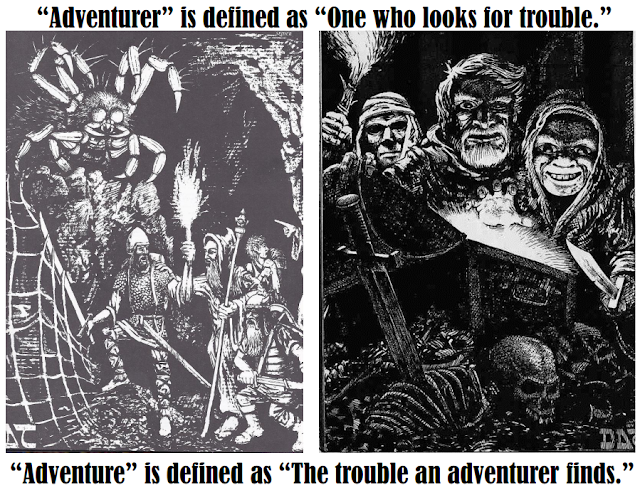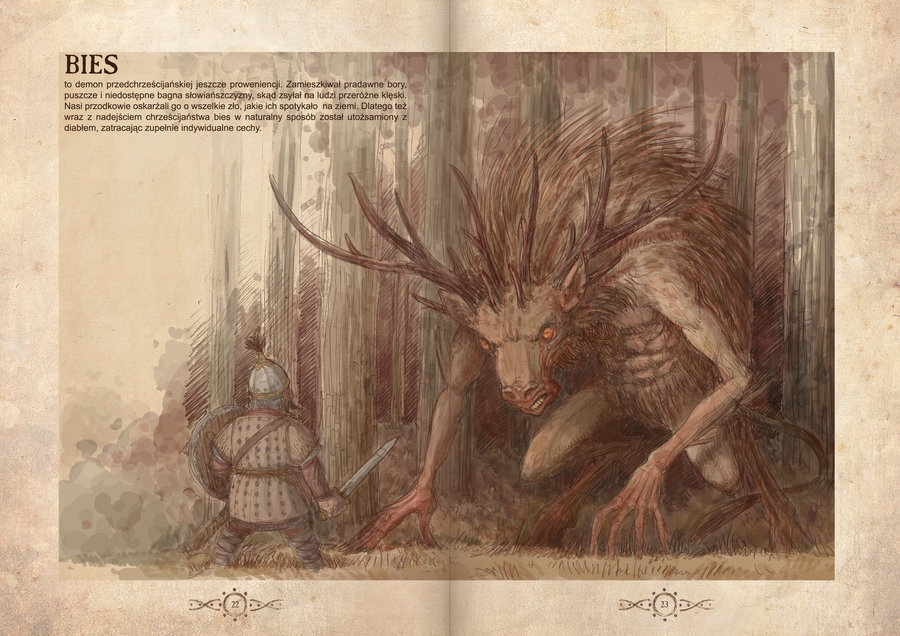My Dungeon Master Style and Campaign Assumptions
14 sessions in one group and 4 in the other, I figure I should have sent this out already.
- Story – There is no over-arching story
and your character does not have a pre-determined role within it. I intend to create a rich world with many
interesting options for challenges and adventure, but the story if any is what
you choose to do in the face of those options and adversities. If there is a campaign villain, it is because
you choose it.
- Balance – The world is not balanced to your character’s level or the party’s current status. Some challenges will be beyond you, combat would be a losing proposition, and the best course if a fight starts might be to run. However, I would be at fault if there was not a way for you to learn your level of risk. This does mean that you should pay attention to foreshadowing and choose your battles.
- Dice and
Chance – I make almost all rolls in front of you. I do not control what will happen, whether it
is when the monsters hit you, when a random encounter will occur, or what the
non-player character’s disposition to you will be. I use a lot of random tables and combined
with the chaos of your choices, I don’t know what will happen in a game
session. There are exceptions to me
rolling on the table, and that is when your character would not know the
outcome, such as when you are hiding from an enemy, you may not know if you
were successful.
- Rules
– Besides the house rules document, I try to run fast and loose and welcome
player ideas and stunts. IF I FORGET
THIS, please remind me: I sometimes read
too much of the Sage Advice Column and get rules lawyerly. Having said that, 5th edition is
the umpteenth roleplaying game that I’ve read the rules for; sometimes they
blur together or I will simply go with what I feel is right, damn the
rules. A bit of questioning is OK, but
if I say move on, we will move the game onward.
- Death
– When characters reach zero hit points they do not die but roll on the Death
and Dismemberment table and if they survive, they can keep fighting. But death does happen and even if not,
sometimes players may wish to retire their one-eyed, one-armed veteran. There is a Last Will and Testament house rule
to transfer the former character’s wealth into additional starting experience
points for a new character. When death
happens, the thing to do is pick up your 4d6 and a blank character sheet.
- Treasure for Experience. Experience is awarded from treasure recovered, plus some for exploration and quests. No experience is rewarded for combat. This encourages a game of treasure hunting and clever ruses. Random encounters are a threat, not a reward.
- Encumbrance. Since how much treasure you recover is
important, so is encumbrance. The prototypical
treasure hunting murder hobos, Cortez’s conquistadors, were said to have laden
themselves down with so much gold that when they tried to swim away from the island
of Tenochtitlan to escape an Aztec uprising, they drowned. However, I have my own encumbrance system to
make tracking encumbrance as easy as possible.
- Character Options & the World. I confess I’ve got a special snowflake setting. While I’m all for you folks blowing it up, I want those actions within the context of the world. So I’ve restricted some character options and added others. Check out the Character Creation document.
- Fun. For all my persnickety rules, the object is to have fun. Facing a challenge, not knowing what will happen, is supposed to fun. Having awful things happen and surviving or thriving is fun. Plus, everyone says goblins are ridiculous.
I'll be sending this to my players to check with them for its accuracy, hah.






Comments
Post a Comment